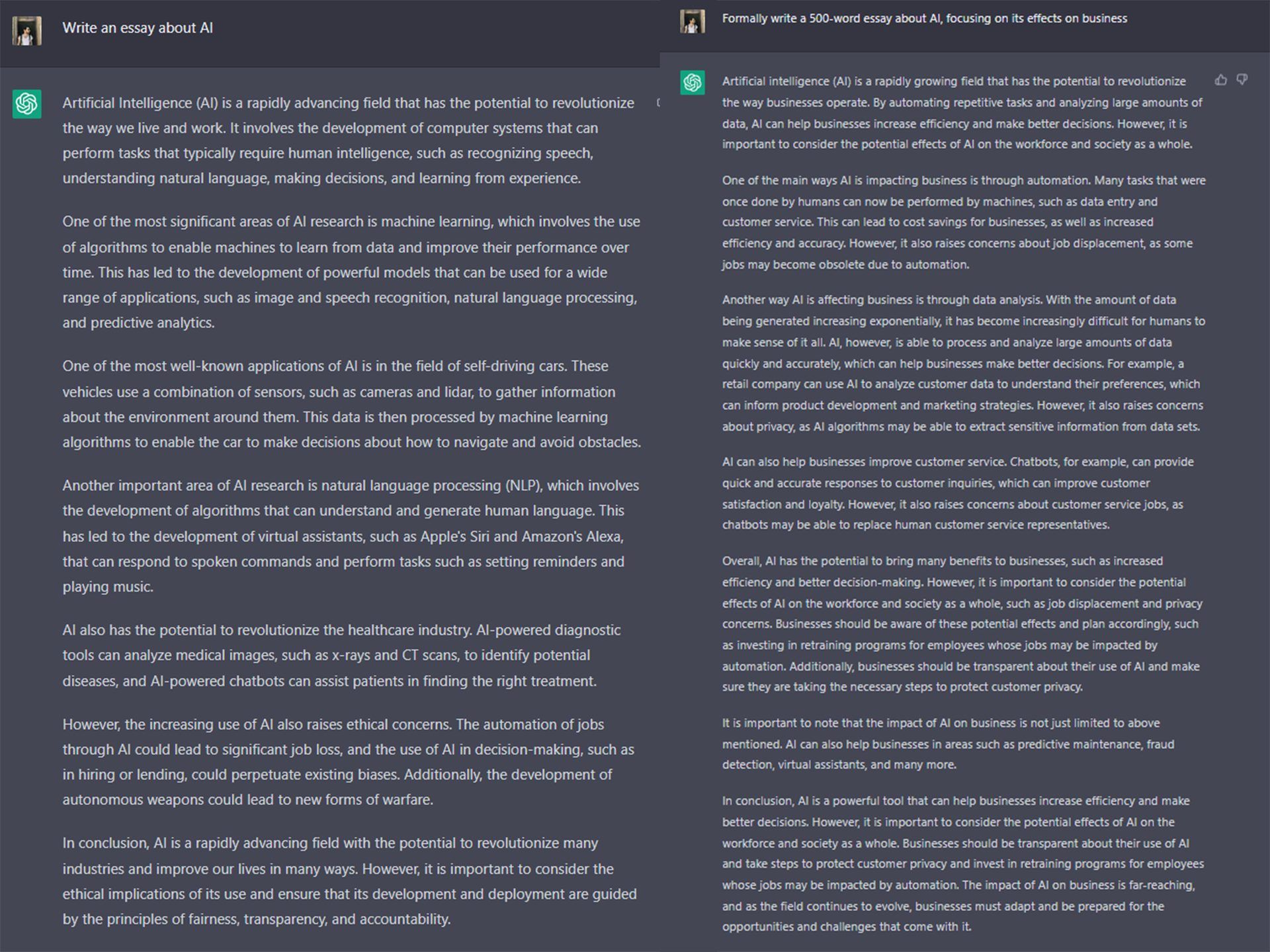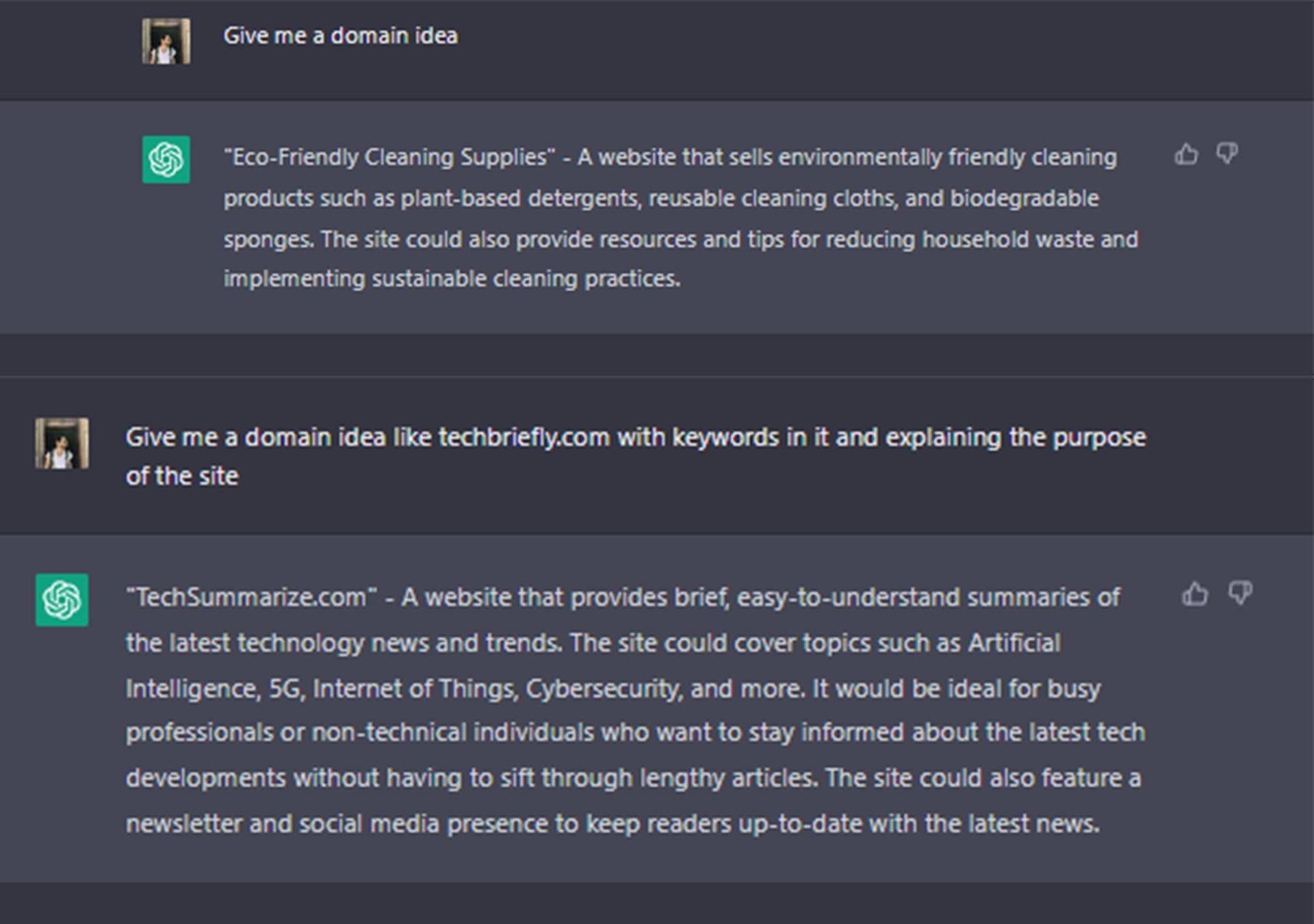Do you like AI tools but have trouble getting the desired results? Then it’s time to meet the concept of AI prompt engineering. Whether you use ChatGPT or DALL-E 2, i.e. text-to-text or text-to-image AI tools, you must learn to ask the right questions to get the results you want. In light of the potential of these tools, it is reasonable to assume that those who pose such inquiries will rise in prominence as they become more embedded in the business world. Given this foresight, perhaps we have already begun to experience the profession of the future: prompt engineers.
Are you new to artificial intelligence? Don’t be scared of AI jargon; we have created a detailed AI glossary for the most commonly used artificial intelligence terms and explain the basics of artificial intelligence as well as the risks and benefits of artificial intelligence. Do you wonder about the effects of artificial intelligence in everyday life? Well, the way we do business has been revolutionized by it, for sure.
What is AI prompt engineering?
The use of prompts to get the desired result from an AI tool is known as AI prompt engineering. A prompt can be a statement or a block of code, but it can also just be a string of words. People invented the method of employing prompts to elicit responses. Similar to how you may prompt a person as a starting point for writing an essay, you can use prompts to teach an AI model to produce the desired results when given a specific task. An AI model, like a human writer, may take a prompt and build an essay off of that material.

What is a prompt? Just a quick reminder, text is the primary means of communication between the user and generative AI models. By entering commands into a textual interface, you may instruct the model on what to perform. The prompt is the broad instruction you provide the model. Image generation AI models like DALLE-2 and Stable Diffusion rely on describing the desired output as their primary prompt. The prompt in large language models (LLMs) like GPT-3 and ChatGPT can range from a simple query (“Who is the president of Germany?”) to a complex problem with a wide variety of facts placed into the prompt (note that you can even input a CSV file with raw data as part of the input). Tell me a joke” might also be quite an open-ended request.
AI prompt engineering is the process of designing and creating prompts, or input data, for AI models to train them to perform specific tasks. This includes selecting the appropriate data type and formatting it so the model can understand and use it to learn. AI prompt engineering aims to create high-quality training data that will enable the AI model to make accurate predictions and decisions. It is an essential step in the development and deployment of AI systems.
Important developments in AI prompt engineering included the language models GPT-2 and GPT-3. Good performance on novel tasks was seen in 2021 with multitasking prompt engineering employing several NLP datasets. It has been found that language models provide a more accurate representation of reasoning when presented with instances involving a thought progression. The effectiveness of a language model in multi-step reasoning issues may be enhanced through zero-shot learning if the prompt includes wording that supports a chain of thought (such as “Let’s think step by step”). Several open-source notebooks and community-led image synthesis efforts contributed to these tools’ widespread availability.
Many machine learning models, including DALL-E, Stable Diffusion, and Midjourney, were made available to the public in 2022. There is now a subfield of AI prompt engineering known as text-to-image prompting, thanks to these models’ ability to take word prompts as input and output relevant visuals. Yet, despite this tool’s broad use, many users still struggle to achieve their desired outcomes, but we have some solutions just for them.
Check out what is ChatGPT Plus and how does it work
AI prompt engineering guide
Whether you want to generate awesome stories, stunning images, or any other fascinating functionality like a text summarizer or automatic video editor tool, all you need to know is how to prompt these new vast and powerful generative models.
A prompt can have any of the following:
- Instructions
- Question
- Input data
- Examples
Successful AI prompt engineering is about combining these elements correctly.

Here are some tips and tricks for better AI prompt engineering:
- Make sure the instructions come before the context in the prompt and separate them with # or “.
Do not use this way:
Rewrite the text below
{text input}
Try typing a prompt like this instead
Rewrite the text below
“””
{text input}
“””
- To achieve the intended outcome, length, structure, style, etc., it is important to provide as much particular, descriptive, and thorough information as possible about the underlying situation.
Avoid using:
Write an essay about AI
Try typing a prompt like this instead:
Formally write a 500-word essay about AI, focusing on its effects on business
AI guides: Learning how to use AI is a game changer
- Express what you want with an example
Avoid using:
Give me a domain idea
Try typing a prompt like this instead:
Give me a domain idea like techbriefly.com with keywords in it and explaining the purpose of the site
- Say what you want clearly and briefly. Avoid using unnecessary words
Avoid using:
Briefly explain the history of AI to me and mention historical events in minds of the reader.
Try typing a prompt like this instead:
Explain the history of AI in a brief and catchy way
- Be as specific as possible and choose the right theme/format, especially for text-to-image AI tools
- Upload sample images for text-to-image AI tools.
Although AI models are continually improving, obtaining the precise results you need might be challenging. While this is also developing, better AI prompt engineering is still necessary to fully realize the potential of these enormous models. So, let’s look at some of the examples in action.
While there are still some debates about artificial intelligence-generated images, people are still looking for the best AI art generators. Will AI replace designers? Keep reading and find out.
Prompt engineering examples
Below, you can examine the differences according to your written prompts.

As you can see above, we have obtained an essay that tries to explain the subject by touching on more collective and different topics with prompt change.

While we couldn’t even get a domain name in the first example, we managed to be a result in the second example by sampling at the prompt, as you can see.

In the example on the left, the prompt is “draw a human in an office,” while in the example on the right, it is “draw a human in an office while looking at a PC” As you can see, while there is no clue about the office environment in the example on the left, specifying the prompt allowed us to get better results.
Is it hard to write a good prompt?
Writing a good prompt can take some effort, as it requires clear and concise language and a clear understanding of the goal of the prompt. A good prompt should be specific, open-ended, and easy to understand; it should provide enough information for the respondent to understand what is being asked and what kind of answer is expected. It also leaves room for creative thinking and interpretation.
Additionally, a good prompt should also be relevant, engaging, and interesting to the intended audience. It’s also important to keep in mind the context and the objective of the prompt.
Overall, it depends on the task’s complexity or the information you are trying to convey, but with some practice and attention to detail, anyone can write a good prompt.

Prompt engineering: ChatGPT cares about it
Especially the text-to-text AI tools are like talking to someone. Therefore, just as we pay attention to our words when talking to someone, we should also pay attention to the words we use in prompts, as you can see in the examples above.
Do you want to learn how to use ChatGPT effectively? We have already explained it. When you want to use the AI tool, you can get errors, like ChatGPT is at capacity right now. Yes, it is a really annoying error, but don’t worry; we know how to fix it.
Check out what is ChatGPT Professional
Welcome to the AI-driven world
The impact of artificial intelligence is growing so much that even new job titles enter our lives. Almost every day, a new tool, model, or feature pops up and changes our lives. We have already reviewed some of the best ones:
- Text-to-text AI tools
- Text-to-image AI tools
- Other AI tools
Do you want more? Check out the best free AI art generators.





